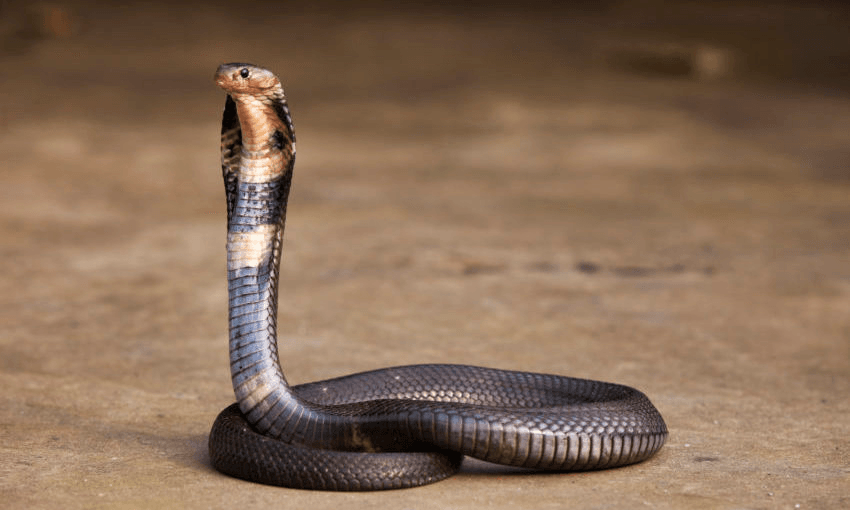The world is on edge over a coronavirus outbreak that started in early December in Wuhan City, China. The virus is thought to have first infected people working at a seafood and live animal market. So what could the original source have been? Siouxsie Wiles explains.
Update, January 27: Soon after the “snakeflu” paper was released, scientists took to social media expressing doubts, raising the fact that it’s pretty rare for the codon usage of a virus to closely match its reservoir host. Others criticised the way the authors prepared their codon usage tables.
There’s no official word yet, but that’s not surprising. Sources like this can be incredibly difficult to track down. Especially in a market selling so many different kinds of animals. I can’t even begin to imagine how many samples scientists would have to test.
The coronaviruses that cause SARS and MERS are thought to have originated in bats and crossed to humans via civet cats (SARS) and camels (MERS). Now researchers in China have published a study suggesting that this new virus also originated in bats and that it could have crossed to humans from infected snakes.
Snakeflu?!
Thanks to the Chinese quickly putting the full genetic sequence of the new virus online, Wei Ji and colleagues were able to compare it to 271 other coronavirus sequences. They’ve just published their results in the Journal of Medical Virology.* They started by using the sequences to make a family tree and the new virus came out as most closely related to the viruses isolated from bats in the city of Nanjing, China between 2015 and 2017.
Next, they studied the new virus’s genetic code to see which nucleotides it uses to make its proteins. Proteins are strings of amino acids, and each amino acid is encoded by three nucleotides, called a codon. All the proteins in the world are made from a pool of 20 amino acids. But there are 61 codons, so most amino acids are coded for by more than one codon. Take the amino acid valine. It can be made from the codons GUU, GUC, GUA, or GUG.
Most creatures have a bias for which codons they prefer to use to encode their amino acids. So the researchers compared which codons the new coronavirus uses with the ones preferred by humans and a bunch of other animals: marmots, hedgehogs, the Sunda pangolin, the Chinese rufous horseshoe bat, the Red junglefowl – and two species of snake, the many-banded krait (Bungarus multicinctus) and the Chinese cobra (Naja atra).
The closest match was with a bat coronavirus, but next best match was to the krait and cobra. From that, they’ve concluded that the “snake is the most probable wildlife animal reservoir responsible for the current outbreak”.
This isn’t the strongest of evidence so please don’t start killing any snakes. The source could just have easily been bats. Don’t kill them, either. Please.
Numbers of cases and deaths continue to rise
As for the outbreak itself, it’s clear person-to-person transmission is happening, though it’s still not clear how infectious the virus is or when people are likely to be infectious. As of Thursday, there are reports of well over 500 confirmed cases in the current outbreak and 17 deaths. There have also now been confirmed cases in Hong Kong, Japan, Macau, South Korea, Taiwan, Thailand, and the US.
The person in Brisbane suspected to have the virus has now been cleared. Given its winter in the northern hemisphere and the symptoms of this infection are very similar to other respiratory infections, there are likely to be plenty of false alarms.
* The article is behind a paywall that is asking me to pay $18 just to read it. Luckily my university has a subscription, so I was able to access it, but if there was ever a time for scientific knowledge to NOT BE HIDDEN BEHIND A FUCKING PAYWALL it is during an outbreak of a new potentially deadly virus. If you agree and you live in or are from the USA, please consider signing this letter saying you endorse a national policy that would ensure that Americans are no longer denied access to the results of research their tax dollars paid for.

